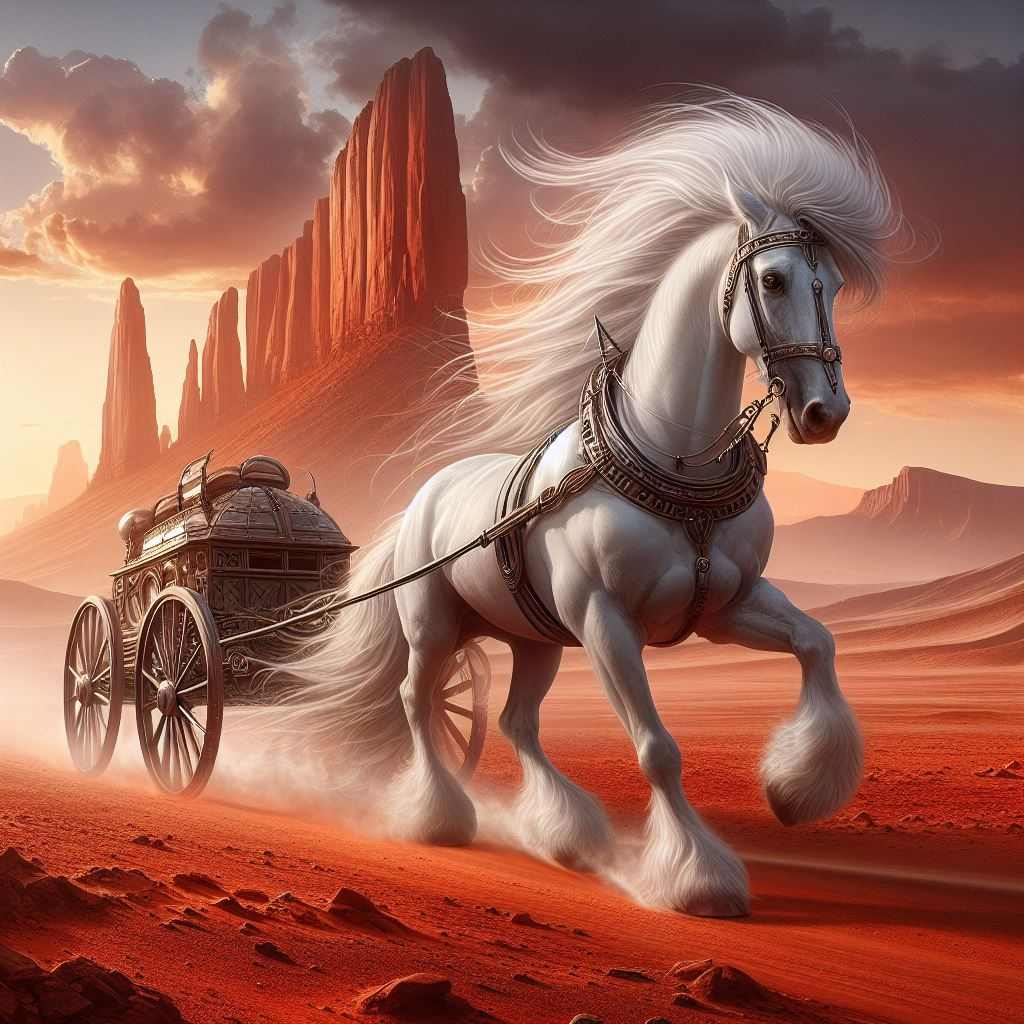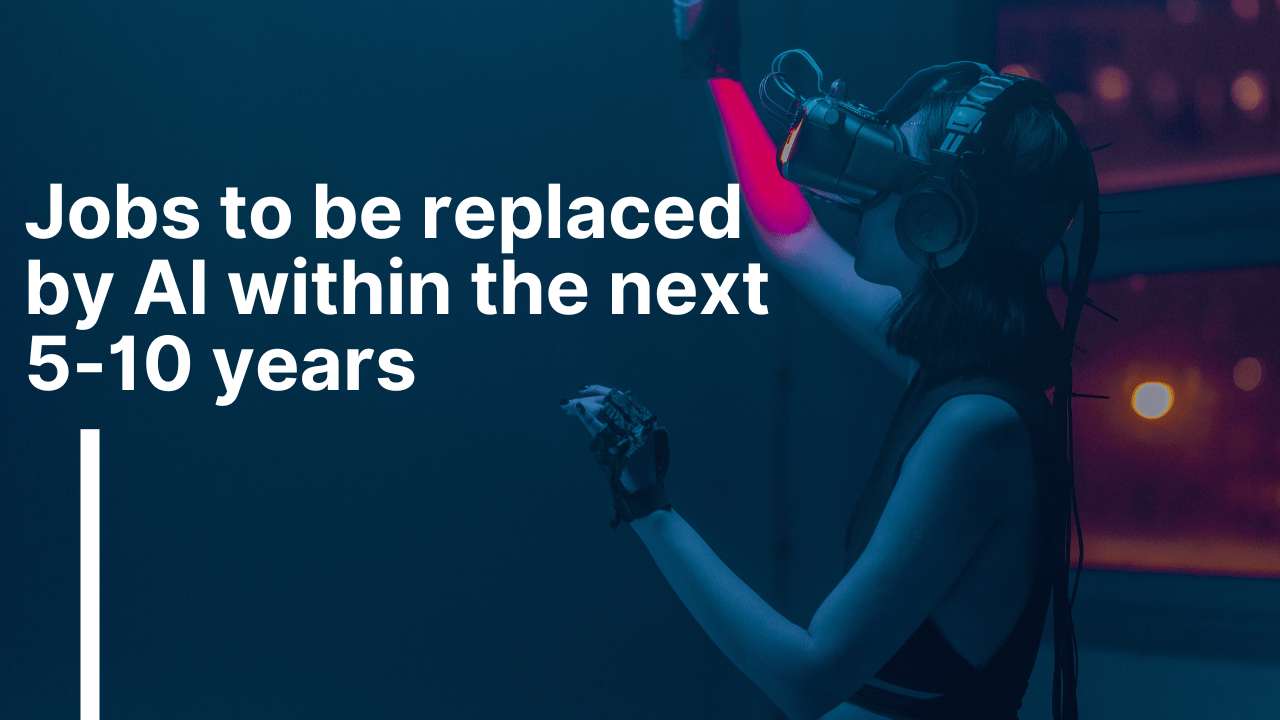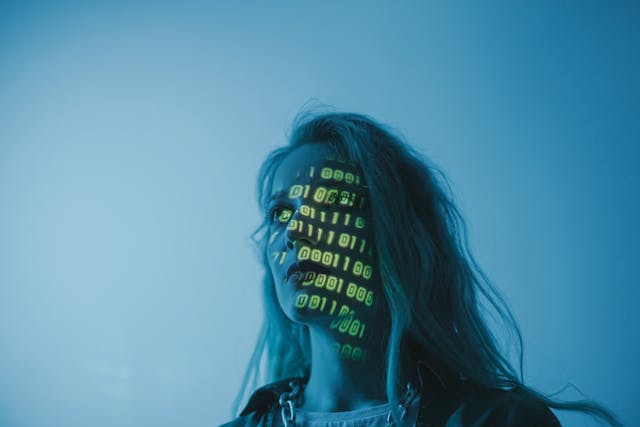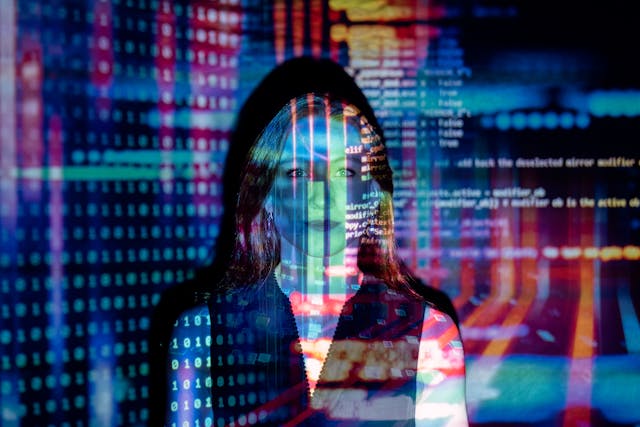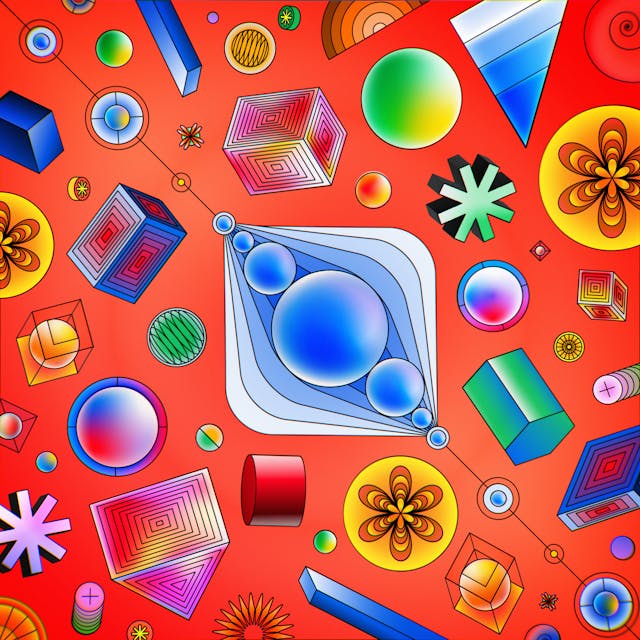- What is AI image generation?
- AI image generators are like magical artists powered by computers. They use trained neural networks (think of them as digital brains) to create pictures from scratch.
- Imagine telling these AI artists what you want in plain language, and they whip up original, realistic images based on your description.
- What’s fascinating is that they can blend different styles, ideas, and features to make beautiful and contextually relevant art. This magic happens thanks to a branch of AI called generative AI.
- How Do They Do It?
- These AI artists learn their craft by studying a massive amount of data—huge collections of images.
- During their training, they pick up all sorts of tricks and details from those images.
- Then, armed with this knowledge, they can create new pictures that share similarities with what they’ve seen before.
- Variety of AI Artists:
- There’s a whole gallery of AI artists out there, each with its own special abilities.
- Let me introduce you to a few:
- Neural Style Transfer: It’s like taking the style of one picture and applying it to another.
- Generative Adversarial Networks (GANs): These use a clever duo of neural networks to create realistic images that look like the ones they’ve studied.
- Diffusion Models: These artists transform random noise into structured images, like turning chaos into art.
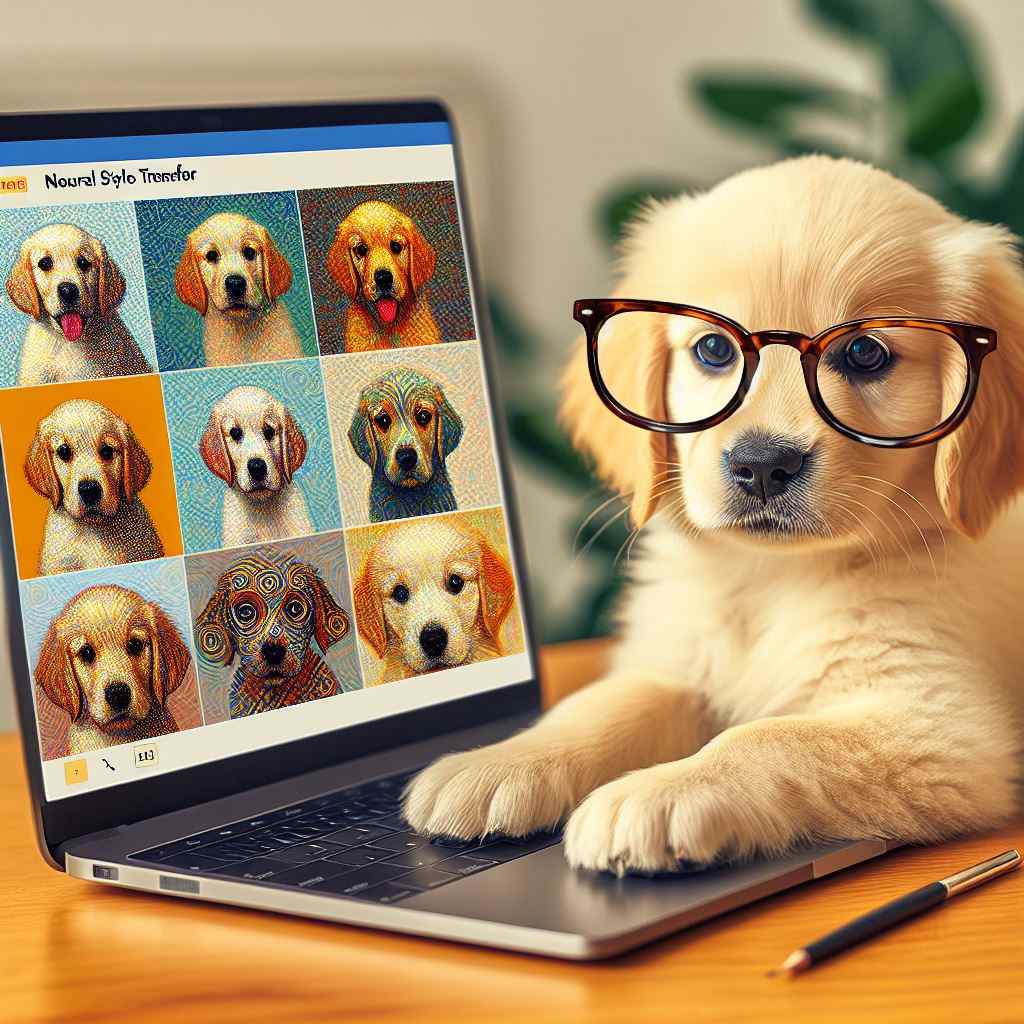
Neural Style Transfer
Neural Style Transfer (NST) resembles a mystical art mixer! Allow me to explain:
- Components:
- We have two pictures:
- Content Image: This is our default image, which is a cute dog picture.
- Style Reference Image: Imagine a famous painting by Wassily Kandinsky.
- We have two pictures:
- The Recipe for Art:
- NST blends these images together. It takes the content from the dog photo and adds Kandinsky’s style to it.
- The result? An output image that looks like the dog but is “painted” in Kandinsky’s unique way.
- How It Works:
- NST uses fancy math (optimization) to adjust the output image.
- It tweaks the pixels to match the content details from the dog and the artistic flair from Kandinsky.
- Think of it as a digital brushstroke dance!
Generative Adversarial Networks (GANs)
- What is a GAN?
- Generative Adversarial Networks (GANs) are a type of neural network.
- They’re used for unsupervised learning, which means they learn from data without explicit labels or supervision.
- GANs consist of two main parts: the discriminator and the generator.
- How do GANs work?
- Imagine a creative duo: the generator and the discriminator.
- The generator creates fake data (like images or text) from random noise.
- The discriminator checks if the data is real or fake.
- They play a game of “catch me if you can”!
- The generator tries to make its fake data look real, while the discriminator gets better at spotting fakes.
- Why are GANs cool?
- They’re like artistic forgers! GANs can create super-realistic stuff.
- Think of them as Picasso meets AI.
- GANs are used for:
- Making fake images (like creating realistic faces from scratch).
- Style transfer (turning a photo into a painting).
- Text-to-image magic (making pictures from descriptions).
- Types of GANs:
- Vanilla GAN: The basic version. It’s like a simple math problem solver.
- Conditional GAN (CGAN): Adds extra info to the game. Imagine the generator saying, “Paint me a cat, but with stripes!”
Generative Adversarial Networks (GANs) and their different flavors:
- Vanilla GAN:
- The simplest type of GAN.
- Imagine it as a basic math problem solver.
- It uses two players: the generator and the discriminator.
- The generator creates fake stuff (like images) from scratch.
- The discriminator checks if it’s real or fake.
- They play a game of “spot the impostor”!
- Vanilla GAN’s secret sauce: stochastic gradient descent (fancy math optimization).
- Conditional GAN (CGAN):
- Adds a twist to the game.
- The generator gets an extra hint (let’s call it ‘y’).
- It uses this hint to create more specific stuff.
- The discriminator now has to tell real from fake, plus guess the hint.
- It’s like saying, “Paint me a cat, but with stripes!”
- Deep Convolutional GAN (DCGAN):
- The popular kid in town.
- Instead of basic math, it uses ConvNets (fancy image filters).
- No max pooling—just fancy convolutional strides.
- And the layers aren’t fully connected (they’re like distant cousins).
- Laplacian Pyramid GAN (LAPGAN):
- The artist’s dream.
- Uses multiple generators and discriminators.
- Picture a pyramid of images (like a fancy art gallery).
- It starts with a tiny image, adds layers, and ends up with a masterpiece.
- It’s like zooming in on a painting until you see every brushstroke.
- Super Resolution GAN (SRGAN):
- The magician.
- It combines a deep neural network with an adversarial network.
- She takes low-res pictures and whispers, “Abracadabra!”
- Voilà! High-res images with more details.
- Perfect for turning pixelated cats into crystal-clear feline portraits!

Diffusion Models
- Diffusion Models: These are new AI models that work differently from the older ones called GANs. Instead of modifying existing images, they create entirely new ones.
- Training Process: Diffusion models learn by looking at millions of images and reading captions that describe those images. This helps them understand how text and images relate.
- Creating Images: When you give them a text prompt (like “draw a dog”), they start with a rough image and gradually add more details until they have a complete picture.
- No Internet References: Unlike searching the internet for existing images, diffusion models make everything from scratch. So, if you ask for a dog, they’ll create one based on what they know about dogs.
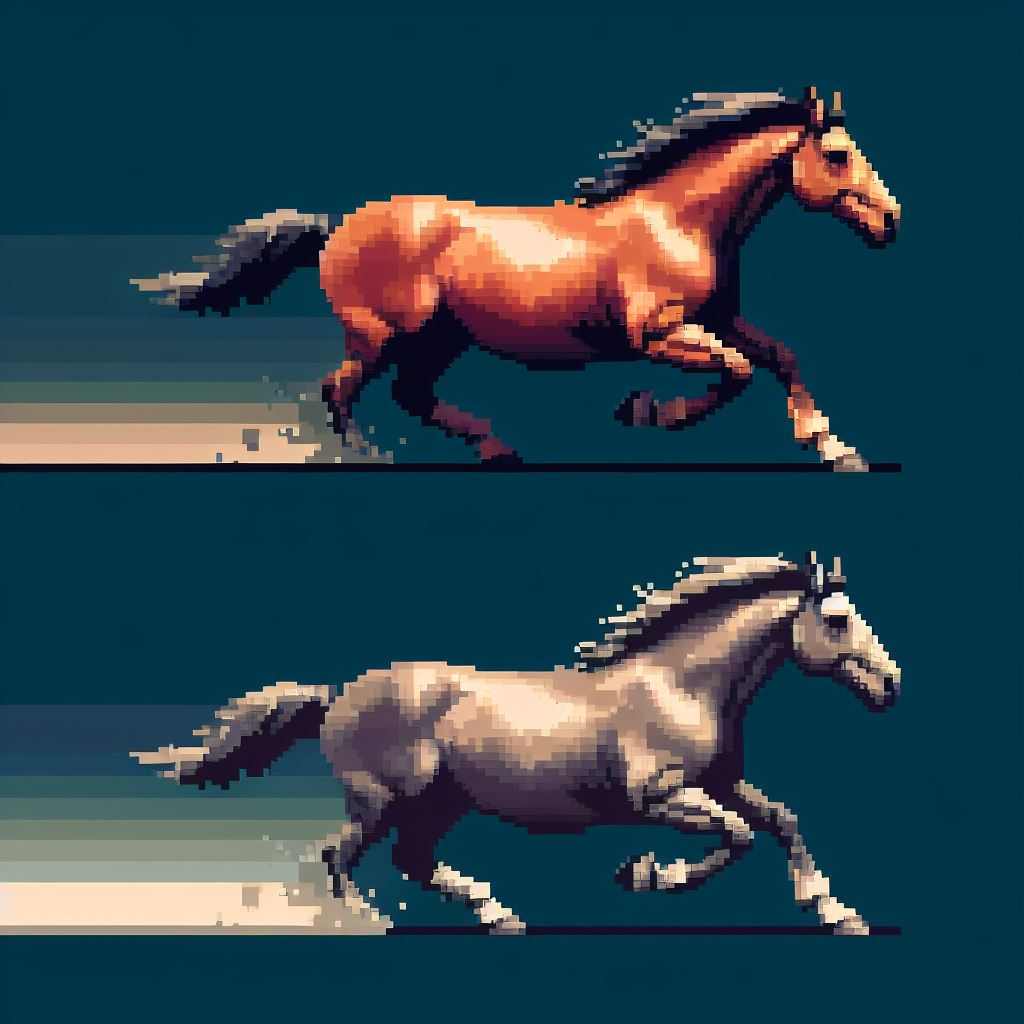
In simple terms, these models are like artists who can imagine and draw things without copying from anyone else!
Conclusion:
AI-generated images have countless benefits. Imagine being able to take pictures that are on par with those of professional photographers with just a few clicks. Plus, you can invent entirely new things and people that don’t even exist in reality!
Here are some perks of using an AI image generator:
- Boosted Productivity: Forget complex editing software. AI lets you whip up stunning visuals in seconds. No more endless stock image searches for your blog!
- Fine-Tuned Control: Adjust textures, lighting, and shadows effortlessly to achieve the perfect look.
- Built-in Uniqueness: Each image is born from scratch, making it inherently different.
- Infinite Imagination: Whether it’s a dragon in space or a rainbow-colored unicorn, AI can bring your wildest ideas to life.
- Pure Joy: Creating art just for fun? AI makes it a delightful experience.
Fun fact: AI Dall E created the thumbnail for this article, which is “Horse riding on Mars in a chariot.”
Here’s another image of a woman eating food with a tiger.

References:
https://www.altexsoft.com/blog/ai-image-generation/
https://www.tensorflow.org/tutorials/generative/style_transfer
https://www.geeksforgeeks.org/generative-adversarial-network-gan/
https://www.hypotenuse.ai/blog/how-do-ai-image-generators-work

